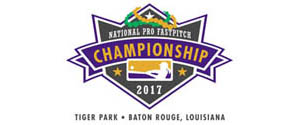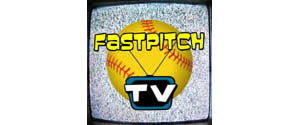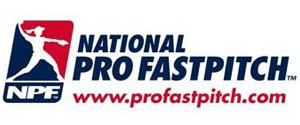ASA 8.7-P The Runner is out ....when, after being declared out or after scoring, an offensive player interferes with a defensive player's opportunity to make a play on another runner. EFFECT: The ball is dead. The runner closest to home plate at the time of the interference is out. All runners no out must return to the last base touched at the time of the interference.
NOTE: A runner continuing to run and drawing a throw may be considered a form of interference. This does not apply to the batter-runner running on the dropped third strike rule.
Batter was out on third strike, by rule. By the noted exception, this person can legally run to first base without it being interference, but cannot be safe there, already out by rule. Since the advance to first cannot force any runner to advance, touching home is moot, runner R1 can safely stay on third. Catcher throws to first; DMC. No one could advance until that point.
However, once "batter-runner" reaches first, no longer a BR, now a retired runner. And the exception no longer applies; we have a retired runner that continues to run and draws a throw. BINGO. Now interference, ball is dead and runner closest to home at time of THAT throw is out.
Correct ruling, assuming I have the time line correct is one run (R1) scores on DMC, R2 (now closest to home, but has not scored when throw is made to 2nd to put out retired runner (2nd out), is OUT on the interference penalty, 3rd out.
NFHS 8-7-18, NCAA 12.9.11 Same general wording, same ruling all codes.





























